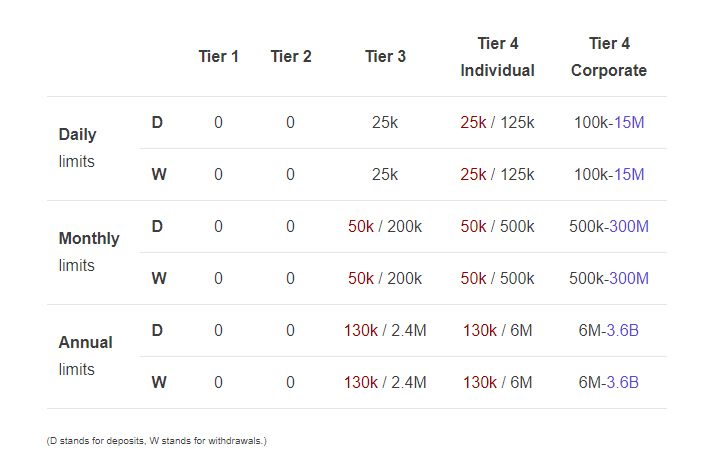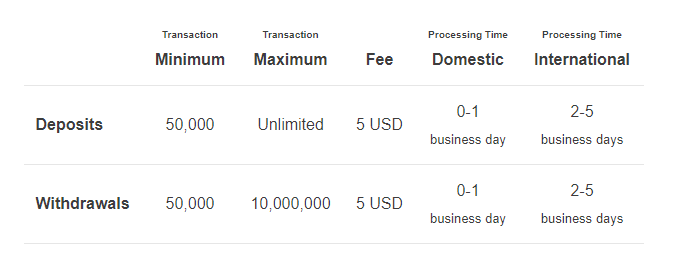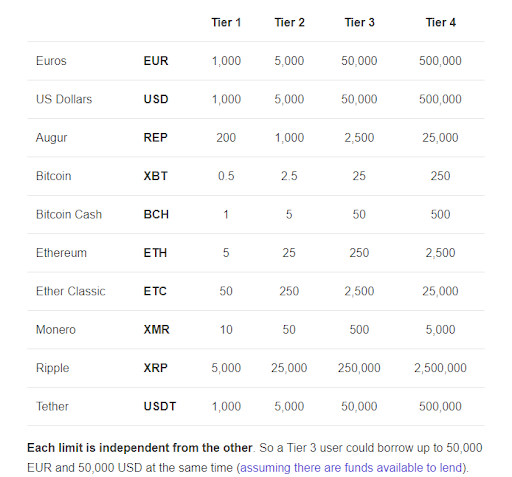

SEPA, SWIFT, Bank wire, JPY Bank Transfer, Crypto
SEPA, SWIFT, Bank wire, JPY Bank Transfer, Crypto
San Francisco, USA
Kraken is also based in San Francisco, California. In comparison to Coinbase, it has an estimated annual revenue of $3.1M, and historically, it has only received a funding of $5M in total. On Facebook, Kraken has around 64.7K followers and 13.8K fans on twitter as of January 2019. Jesse Powell is the CEO.
When he launched the private business in 2011, a huge volume of bitcoin markets were depending on a single Exchange, Mt. Gox. Mt. Gox was covering about 70 percent of all bitcoin trades. Following poor management of Mt.Gox where Jesse was among the entrepreneurs helping Mt.Gox recover from the “heist of the century’’. Tracing the missing coins and assisting with investigations. When Kraken beta version was later launched in 2013, it was simply an alternative to Mt.Gox.
Now, Kraken is among the leading cryptocurrency Exchanges with trading volume of $74, 685, 620 USD as of 28th January 2019 – this is equivalent to 21, 854 worth of BTC. See the 24 hours trading volume different pairs in the screenshot below.
Kraken recently updated their trading platform to Beta version, an approach that was aimed at resolving bugs that were causing traders to lose money. The new trading engine features two trading interfaces: there is a simple interface for ordinary buy and sell transactions, and there is the advanced interface with features for the experienced trader. If you are getting started in crypto, the simple interface will be easy to crack; but we cannot say the same about the advanced interface. You may need to play around with the interface to get acquainted with the trading platform.
Since its has been in operation, Kraken’s credibility has been tested to the limit. While the company has tried to maintain a clean track record, it has not been a smooth sail either – some hiccups here and there, indeed. Traders who have opted to use Kraken like the Exchange because of several reasons: the low fees, strong security measure, it is open to all, and it provides traders with option to trade in crypto and fiat currencies.
Nonetheless, like any most centralized exchanges, not everyone seems to have a pleasant experience. But that is expected because in crypto, even these Exchanges are operating in murky waters. For most complaints, the issue was support being slow at times, limiting of users’ funds, delaying/suspending withdrawals. Some customers also say Kraken has been censoring customer complaint on social forums like Reddit or providing canned responses to every query.
Also, many users report that the trading interface needs some work – a lot of bugs are causing customers to lose funds. A trader took to Reddit, saying he lost over $40k due to unresolved bug in Kraken. Yet another user says he lost over 3 BTC when Kraken went down for over 40 hours.
Kraken has not suffered any major hits apart from the usual account hacks, which happen often because of users mismanaging logins/passwords.
Many other exchanges have been hacked; among them, Bitstamp, Mt. Gox, and Poloniex. So, what is Kraken doing different to secure their system?:
Kraken takes certain precautions to ensure the data they collect from does not fall into the hands of unauthorized parties. Measures they undertake include: SSL encryption, 2-factor authentication; review of the methods used to collect, store, and process personal info periodically; restricting access to info to only parties approved by Kraken, such as affiliates, subcontractors, and Payward Inc, employees.
Kraken also complies with the AML and KYC laws; so they are obligated to collect your personal data. When you register with them you will be asked to give the following information:
Kraken also collects the following information automatically:
Kraken also collects additional information about you from their partners. Under certain circumstances, Kraken may disclose the collected data with third parties: It can affiliates, business partners, law enforcements, an obligation by a court order, among other reasons. See Kraken’s privacy policy page. Some rumours say Kraken is among the Exchanges that’s alerting the IRS about your crypto by issuing customers with 1099-k statements.
As for Kraken, it does not accept debit, credit cards and PayPal. Instead they accept:
Note: only Tier 3 and Tier 4 account holders can use wire transfers. The Tiers account level depends on the degree of your account verification with Kraken.
Kraken offers the best fees package compared to Coinbase. However, it’s fee for deposit and withdrawals are straightforward, it’s trading fee structure is sort of complex. Here is how the fee looks like for deposits and withdrawals:
While there are no fees for depositing digital coins, there is a fee (which is subject to change) for withdrawal of different cryptocurrencies. For the top coins most traded, the current fees are listed below:
For margin lenders, there are additional fees payable: Opening fee and Rollover fee. The total value of your order will determine the fees you pay as margin fees.
Kraken features different limits for the various payments methods they offer: deposits, withdrawals, margin trading, Wire transfer U.S. Citizens, and “High Limit USD Funding”.
For Fiat and cryptocurrency deposits and withdrawals, the limits are as explained:
If you are have a verified U.S account, you can access different limits for wire transfers; but only if you in Tier 3 and above. See the screenshot below:

For Select Tier 4 account holders (both individual and corporations), they can opt for High Limit USD Funding. This option is for people moving large sums of money; a minimum of $50k. Also note that it the service is open to U.S. citizens and some specific countries.

At Kraken, you can borrow funds (margin borrowing) to open a trading position that is higher than your account balance. You can borrow funds up to eight cryptocurrencies, and two fiat currencies -- USD and EUR.
The margin borrow limits look like this:

Kraken’s trading volume has been steadily rising. Covering a period of time, the trading volume has been marked by both highs and lows. Looking at data for the past six months – between August 2018 and January 2019 – Kraken has traded around 2M in BTC. With USD, EUR and CAD gobbling the biggest share of the value traded. As of 12th February 2019, Kraken had a 24-hour trading volume of $57, 868, 335 equivalent of 15, 934 Bitcoins traded -- according to Coinmarketcap.com.
Kraken is available globally. However, the platform uses only two languages: English and Japanese.
The customer support at Kraken is alright. It would say it has level up to the industry standards; however, it still needs improvements. You can contact Kraken two ways: by submitting a support ticket or engaging them via a live support system (available 24/7). Unfortunately, there is no way to reach them via a phone. Some people will never feel completely safe until Kraken and other Exchanges alike can provide a real phone number. Every reputable business has one.
You can earn money by staking crypto. Staking is a awesome way to maximize your holdings in staking crypto with Kraken. Once you have staked your coins you can earn staking rewards on top of your Kraken holdings and grow them by compounding future rewards.


















Isn't Kraken right for you? Check its best alternatives.